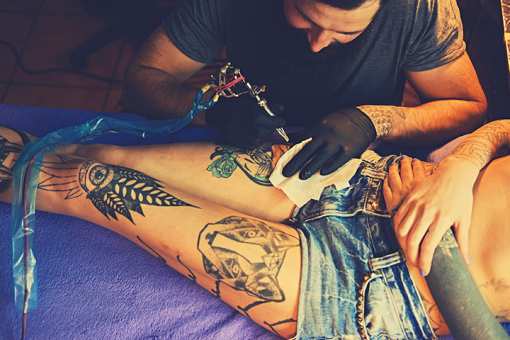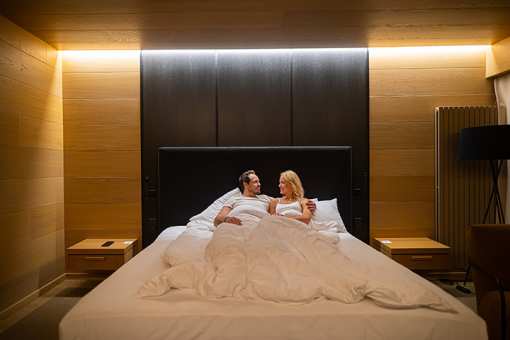Mission
The Cape May County Historical and Genealogical Society was founded in 1927 and opened The Cape May County Historical Museum in 1930. The mission of the Cape May County Historical & Genealogical Society is to preserve the diverse history of Cape May County for the education, enlightenment and pleasure of present and future generations.
History
In the fall of 2005, the Society hired Joan Berkey, historic preservation consultant, to research and write a social and architectural history about the Society’s historic house museum, then known as the John Holmes House.
Where previous histories of the house relied primarily on data taken oral tradition and secondary sources, Berkey looked at deeds, wills, land divisions, Holmes family correspondence, and survey maps. She interviewed previous owner and Holmes descendants, and also carefully scrutinized the construction techniques used to build the oldest sections of the house, examining not only the kind of nails used, but the way the sections were put together and trimmed.
As the result of Berkey’s work, part of the house’s history has been entirely re-written. For example, it was thought that the earliest part of the house—the 2-story section in the rear with the kitchen and bedroom above—was built about 1755 by Robert Cresse who purchased the land on which it stands that year. Berkey’s research, however, proved that the land was actually purchased in 1695 by Arthur Cresse, Robert Cresse’s grandfather, and that the kitchen section of the house was probably built by Arthur Cresse’s son, John, about 1704.
Similarly, the kinds of nails used to build the impressive, 2½ story main block, were manufactured after ca. 1828, suggesting that the house could not have been built by John Holmes (who died in 1791) as previously presumed. In fact, the exterior details and interior mantels and woodwork were remarkably similar, and in some case identical, to those found in other county houses built between 1825 and 1835. Berkey then discovered a letter in the Campion files in the Society’s research library that solved the mystery: in the 1930s, the letter’s writer interviewed the last living Holmes descendant to live the house, Emma Holmes, who told the writer that her grandfather, Robert Morris Holmes, built the house and tore down the house that John Holmes had built. That information confirmed that this section of the house was probably built about 1830 and further research showed that the carpenters likely responsible for the fine craftsmanship of several mantels and the transom over the door were the Fosters (father and son) from Dias Creek.
The Museum contains extensive and varied exhibits including furnishings, costumes, tools and decorative and practical objects from the 17th to 20th centuries.
The period rooms include the 18th century kitchen and bedroom with its sampler collection, the pre- 1820 dining room and the Victorian sitting room. Visitors can tour several theme rooms such as the Doctor's Room which contains various surgical instruments and devices, and the the Military Room, which displays swords, guns, uniforms and other memorabilia from the Revolutionary through the Gulf War.
The vintage 1800's barn houses an assortment of authentic carriages... including a stage coach, a peddler's wagon and a handsomely restored doctor's sulky.
Maritime history is an important part of Cape May County. The museum is the home of the original Fresnel lens from the 1859 Cape May Point Lighthouse. And there are several other maritime and whaling exhibits.
The Native American Room contains an extensive array of arrowheads, tools and shells of the Lenni-Lenape tribe.






